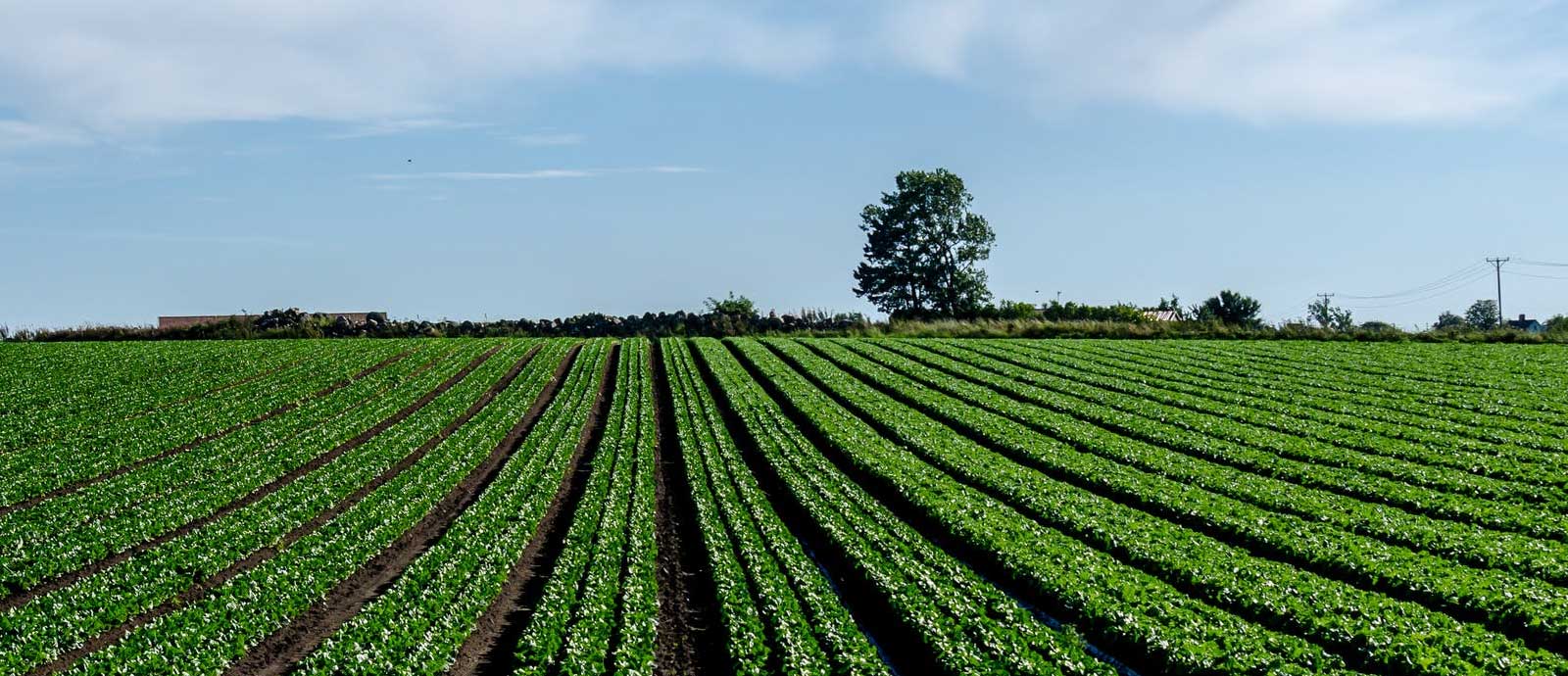Karl Ritz, Emeritus Professor of Soil Ecology at University of Nottingham proposed these 5 Principles of regenerative agriculture. These really are a must read for anyone interested in this emerging trend in farming:
Diversity
More diverse systems have inherently greater capacity to carry out a broad range of functions, and for soils this range is enormous, as mentioned above. Diversity in systems also imparts resilience, since there is more opportunity for adaptation to changing circumstances (e.g. abnormal weather, pest/pathogen loads). Cropping strategies based on broad rotations, rotational leys and companion cropping will generally engender belowground biodiversity, since more variety in the form of plant material entering the system material sustains more variation in the belowground communities which consume it. These strategies combined with those that minimize soil disturbance (see below) also tend to increase the diversity of soil pore networks in terms of the range of pore sizes and their inherent shape and connectedness. This in turn increases biodiversity by providing more complex habitats, and also improves water retention and transmission to plants.
Protect soil surface
The soil surface is where the underground meets the overground, and is a crucial zone in terms of regulating how water enters the fabric of the soil and gases exchange between the soil pore networks and the atmosphere. Structural degeneration of the soil surface impairs these processes and also can lead to proneness to erosion and inhospitable seedbeds. Maintaining plant or residue cover on the surface provides physical protection from rainfall and trampling, but also feeds the soil biota which in turn improve soil structure by several mechanisms. These include restructuring by passage through animal guts, adhesion of soil particles by microbial glues, binding by fungal hyphae and coating with water-resistant compounds. These actions lead to a more diverse pore system, including more pores which connect the surface to the fabric and hence allow effective infiltration and gas exchange. Over-winter cover crops (and judicious maincrop/cover-crop management) are then a sound strategy to achieve an inherently healthy soil surface.
Maintain living roots
Plants have an absolutely key role in soil functioning, since they provide the energy which fuels the biological engine. This energy is derived from sunlight, transformed by plants into chemically-bound energy which can then be utilized by other organisms. So long as a soil has plants actively growing in it, carbon and associated energy will be delivered belowground, with all the associated benefits. In the absence of plants, the soil biota continues to metabolize soil organic matter and releases carbon (as carbon dioxide, CO2) via respiration, which passes to the atmosphere. From the perspective of the soil biota, ‘carbon capture’ is then really all about ‘energy capture’. Mycorrhizae are particular types of fungi which connect to plant roots and effectively extend the volume of soil which is explored by the plant:fungus system. Since fungal hyphae are orders-of-magnitude smaller than roots, they can cover much greater spatial extents than their host roots, and are able to grow into smaller soil pores that are otherwise inaccessible to the plant. This enables mycorrhizae to acquire nutrients – especially phosphorus – and pass them to the plant at rates far more rapidly than can occur via diffusion through the soil. Mycorrhizae can also connect the root systems of different plants together and enable signaling between the plants to occur. This can allow rapid transmission of stress messages from a plant that is being attacked by pests which signals other plants to start synthesizing protective compounds. Mycorrhizal hyphal networks play a part in maintaining soil structure via binding and coating mechanisms. Maintain mycorrhiza by ensuring the presence of host plants in the soil (maintain living roots!), and minimizing disruption of their delicate hyphal networks via tillage.
Minimize soil disturbance
Soils function by virtue of their spatial organization and especially the integrity of this arrangement. The detailed reasons for this are complicated, but essentially it’s about the connectivity of the system. This is readily appreciated in the context of improving water infiltration, for which pores at the soil surface need to be connected to the soil fabric (see above). Going beyond this, it includes the connectivity of entire soil pore networks, which underpin the appropriate movement of gases, water and nutrients between both organisms and plant roots, but balanced by a constraint of such processes. Pore connectivity also regulates the movement of organisms themselves and interactions between them. Fungal networks need to coherent and connected to function well. There are also factors associated with physical protection of organic matter. Disturbed soils tend to become disconnected in physical and biological terms and hence function less efficiently. No-till agriculture is then a principal means to achieve minimal soil disturbance and maintain soil integrity.
Livestock integration
In one sense, it could be argued that managing the soil biota is a form of ‘micro-livestock’ integration! However, mega-scale animals represent both an opportunity and challenge for soil management. Grazing animals modify carbon and nutrient cycling substantially via a myriad of interactions with the soil biological engine. Manures can provide an effective combined fertilizer and soil conditioner by virtue of the nutrients and organic matter within them. Animals tend to disturb soil systems, so allowing long recovery periods melds with the tenet of minimizing soil disturbance. The effects of mob grazing on soil biological systems are poorly understood, but since they involved relatively short-term disturbance and in principle soil surfaces are protected by a dense sward, recovery from perturbation may be rapid. The concept of mimicking nature directly connects to the principle of harnessing mechanisms manifest in biological systems which have evolved over aeons in the context of terrestrial ecosystems and absence of industrial intervention. These systems are inherently diverse, connected and ultimately governed by solar-derived energy flows.

